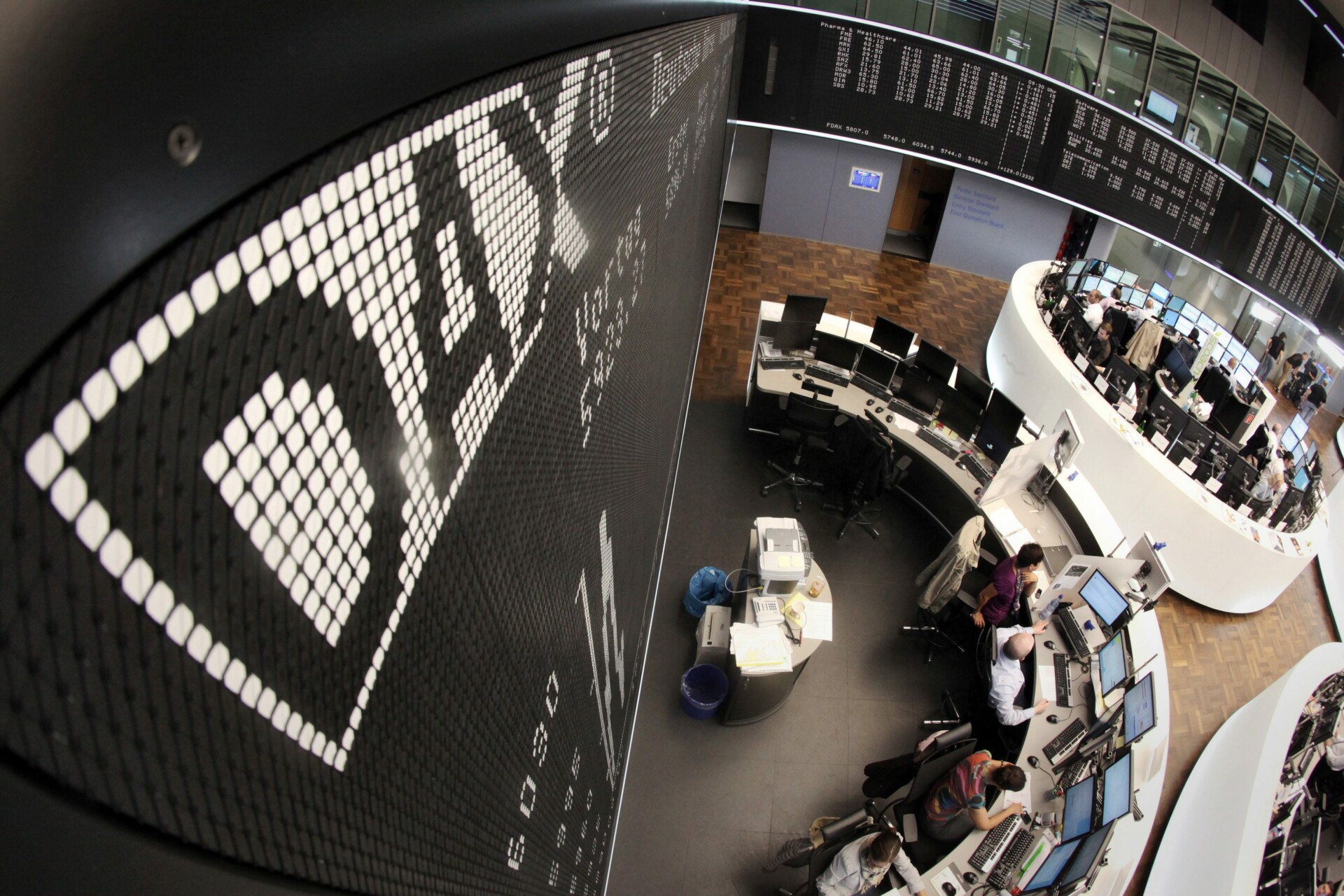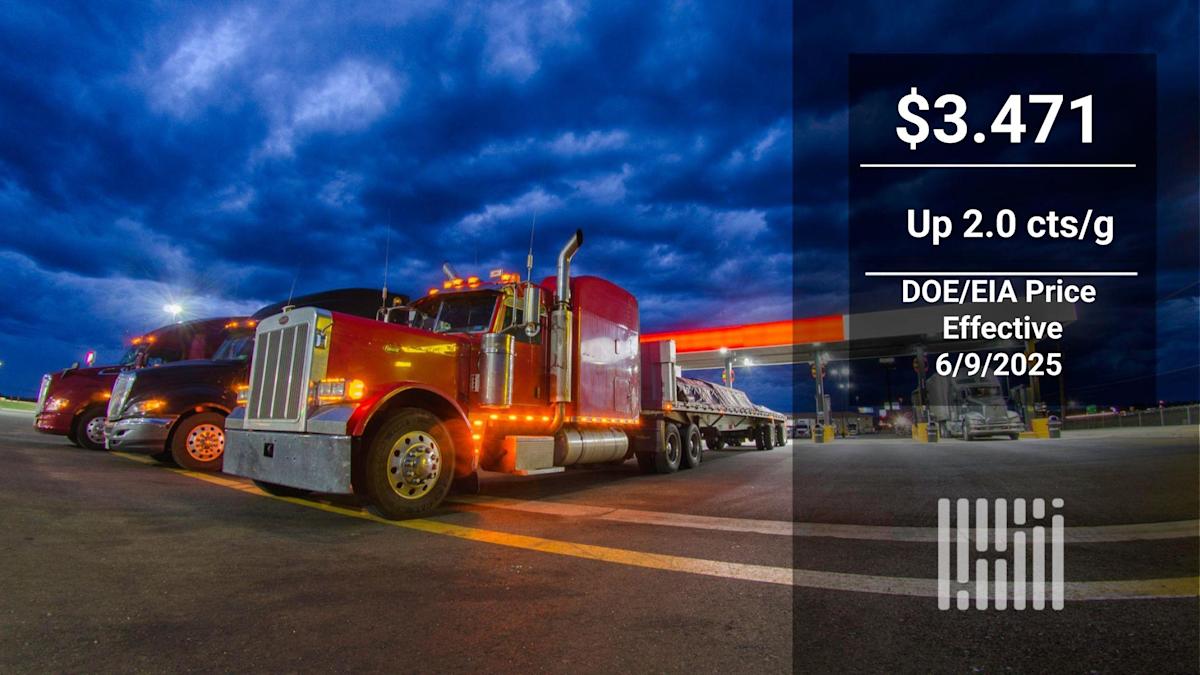Benchmark diesel price turns higher as futures price rises
The backwardation in the ULSD market actually has headed the other way, with the backwardation narrowing, suggesting an easing of tight inventories.
On May 15, the spread between the first month and second month ULSD was about 5.5 cts/g. On Monday, the spread settled at 1.75 cents, with the July contract worth that much more than August.
Diesel futures prices, which had been trailing crude in recent weeks, strengthened slightly more than Brent during that time, tacking on another roughly 2 cts/g in the spread between the price of ULSD and Brent.
The ULSD market actually has headed the other way. On May 15, the spread between the first month and second month ULSD was about 5.5 cts/g. On Monday, the spread settled at 1.75 cents, with the July contract worth that much more than August.
But in the Brent market, the spread between first month Brent and six months out widened Monday to more than $2/b. It is a spread that has been all over the map, from $2.85/b on April 17, down to 22 cts/b on May 5 and then back out to more than $2/b Monday, only the fifth time since the start of May that it has exceeded that level.
The backwardation is being cited by bulls as the basis for their view that the “swamping” of oil markets by the increase in OPEC+ oil is not going to result in a sharp decline in price. Part of that view is that there are increasing signs of at least a temporary plateau in oil output in various parts of the world beyond OPEC+.
An article in the Financial Times summed up that view. “Big companies from non-cartel countries such as ExxonMobil, Shell and BP have of late found relatively few new oilfields,” the article said. “Over the past five years, new non-shale discoveries have averaged at 2.5bn barrels a year — less than a quarter of the level of the previous three years, according to a Goldman Sachs analysis of the top projects in the sector. Given the long lead times between drill bit success and production, oil majors are still growing output from earlier discoveries. But, after 2027, pumping from conventional projects will start to fall. Similarly, US shale oil, which has been a huge driver of supply growth, is expected to peak in 2027, according to the US Energy Information Administration, and then start to decline.”
More articles by John Kingston
One-day stock slide at Proficient may be tied to somewhat bearish investor presentation
Parts supplier FleetPride’s debt rating cut by Moody’s, outlook still negative
Truck transportation jobs up year over year for first time since 2023: BLS
The post Benchmark diesel price turns higher as futures price rises appeared first on FreightWaves.
Content Original Link:
" target="_blank">














































